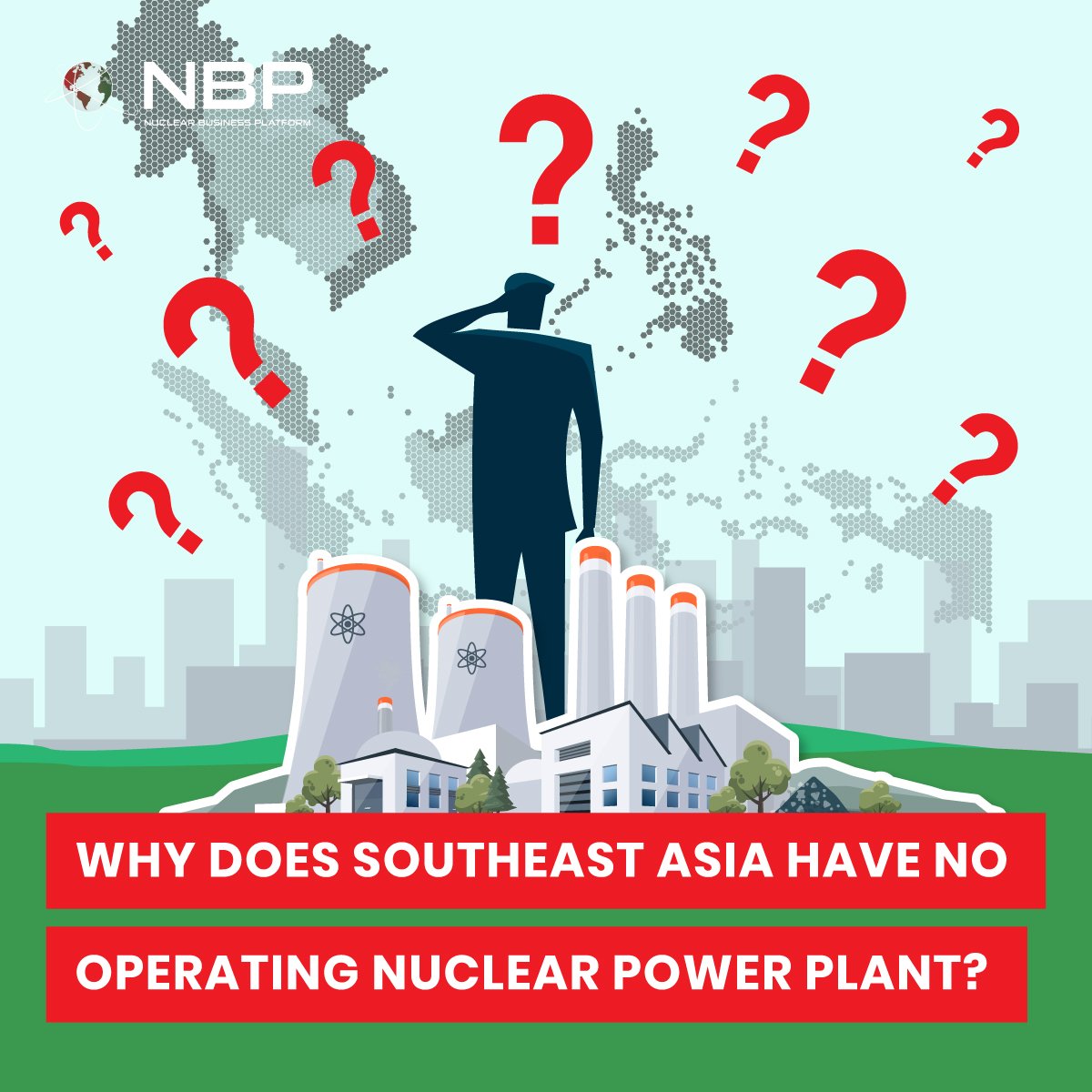Nuclear Power: Curse or Cure for Southeast Asia's Energy Future?
The economic engine of Southeast Asia is humming. With a combined GDP exceeding $3.3 trillion (World Bank, 2023) and a population of over 670 million, the region's energy needs are projected to nearly double by 2040 (IEA, 2023). But ensuring this energy future is secure, sustainable, and affordable presents a significant challenge. Nuclear power, once a beacon of progress for some Southeast Asian nations, offers a compelling solution – but one that requires revisiting the past to pave the way for a successful future.
Bangladesh: A Case Apart
Standing in contrast to Southeast Asia's hesitant embrace of nuclear power is Bangladesh. This South Asian nation, facing similar challenges of rapid economic growth and rising energy demands, is forging ahead with its nuclear program. Construction on its first nuclear power plant began in 2016 with Russian collaboration, and it's expected to be operational by 2024. So, why is Bangladesh, a nation with a GDP of roughly $415 billion (World Bank, 2023) and a population exceeding 168 million, seemingly succeeding where some Southeast Asian nations with considerably larger economies and populations have stalled?
While there may be several reason, the main reason is determination. Bangladesh was determined to address its energy challenges and the potential role nuclear power can play in a comprehensive energy mix.
Echoes of the Past: Lessons Learned
The allure of nuclear power wasn't lost on Southeast Asia. Countries like the Philippines, Indonesia, Vietnam, Thailand, and even Malaysia, all embarked on nuclear programs in the past. However, these initiatives largely stalled due to a confluence of factors:
Economic Hurdles: The upfront costs of building nuclear power plants are substantial. Without a clear long-term economic justification and robust financing models, these projects struggled to gain traction, particularly when compared to readily available fossil fuels.
Safety Concerns: The shadow of accidents like Fukushima loomed large, raising public anxieties about safety protocols and waste management. A lack of transparent communication and robust regulatory frameworks further eroded public trust.
Shifting Priorities: The emergence of cost-competitive renewable energy sources offered an attractive alternative, particularly given Southeast Asia's abundant sunshine and geothermal potential. However, renewables alone may not be enough to bridge the growing energy gap.
Malaysia's Nuclear Dreams on Hold
Malaysia actively explored nuclear power in the past. In 2006, the Malaysia Nuclear Power Corporation (MNPC) was formed to spearhead the initiative. Plans called for construction of two 1,000-megawatt nuclear power plants by 2021. However, the project faced significant public opposition due to safety concerns following the Fukushima disaster. Coupled with economic considerations and a shift towards renewable energy, the change in government in 2018 also played a role. Mahathir Mohamad, who became Prime Minister again in that year, had campaigned on a promise to cease the nuclear program, citing safety and economic concerns. Following his election, the Malaysian government ultimately shelved the nuclear program in 2018, dissolving the MNPC.
Vietnam's Cautious Nuclear Exploration
Vietnam's foray into nuclear power has been marked by careful consideration. In 2009, Vietnam signed a preliminary agreement with Russia to explore the construction of nuclear power plants. This was followed by a 2011 framework agreement outlining technical cooperation and the potential construction of two reactors. However, Vietnam has since taken a more cautious approach. Safety concerns and economic feasibility studies have led to delays, with the initial target date of 2020 for the first plant being indefinitely postponed. Vietnam has not entirely abandoned nuclear power, but its development hinges on addressing public anxieties and ensuring economic viability.
Learning from the Past
These past attempts hold valuable lessons. Moving forward, Southeast Asia can leverage these insights to develop a more sustainable nuclear future:
Financial Innovation: Creative financing solutions are needed to bridge the funding gap for nuclear projects. Public-private partnerships and international collaboration can play a key role.
Safety First: Implementing the highest safety standards, fostering a culture of transparency, and actively engaging with communities are essential to building public trust.
Strategic Integration: Nuclear power can complement the rise of renewables, providing a reliable baseload source and ensuring grid stability.
By learning from the past, Southeast Asia can unlock the true potential of nuclear power as a secure, sustainable, and affordable energy source for its continued growth.



